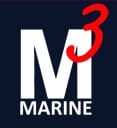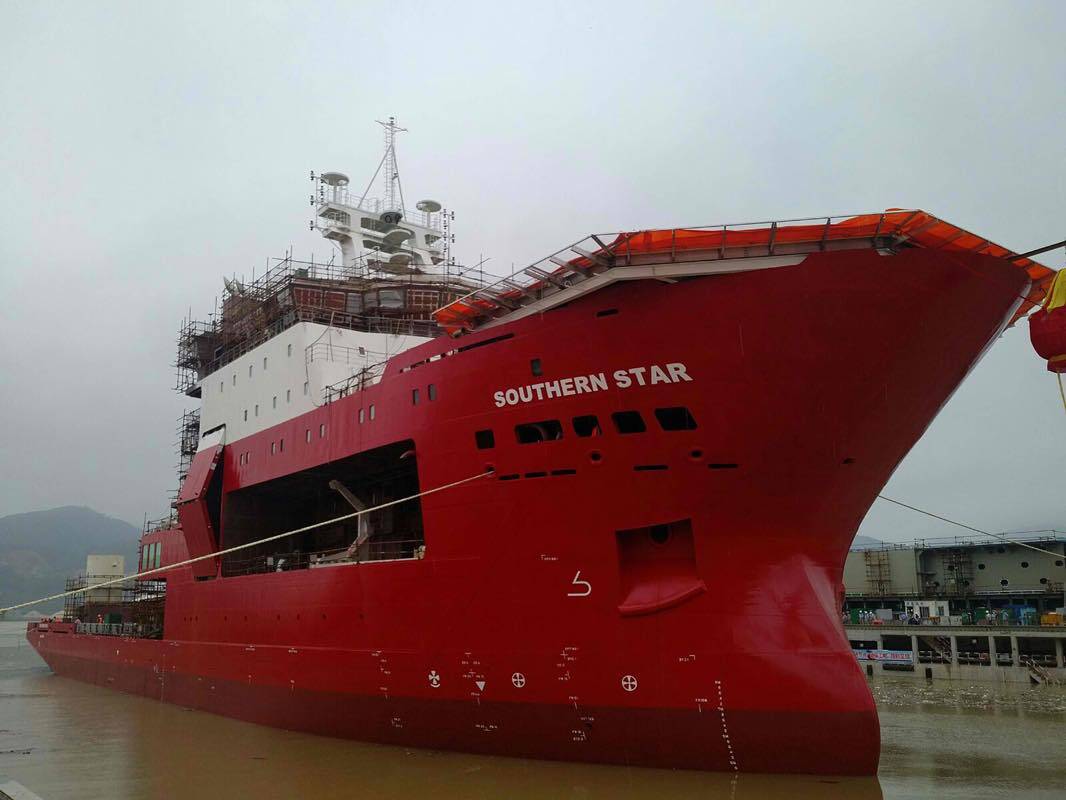When cargo is being moved, at the customers risk, there is a need for one company to be in control of the shipment i.e. to fix the carriers to be used and to ensure good practices are followed so that the cargo arrives at destination undamaged and on time. That one company should be the FF and in so doing he may be guided by his customer, the customers cargo insurer and the carriers.
The FF should follow the below, in my opinion:
- Only use carriers that are competent with the type of cargo.
- Only use carriers that are able to load, secure and transport the cargo in a professional manner.
- Preferably audit the carriers to ensure they are working to agreed procedures.
- Be conversant in what is a ‘fit for purpose’ conveyance.
- Be knowledgeable in what is required to ensure that each lift is carried out satisfactory.
- Ensure that each carrier is complying with the minimum cargo securing requirements.
- Be prepared to compile a method statement and possibly a risk assessment for all of the cargo move.
- In some way monitor what the carriers are actually doing either by being present, appointing someone to attend on their behalf or stay in contact via email/telephone. The method of monitoring will depend on cargo value and criticality etc.
- Ideally the FF should ensure that each carrier takes photos of the cargo securing, once the securing has been completed on each conveyance.
In way of cargo securing there are a number of references and guidelines for this, such as;
- http://www.tis-gdv.de/tis_e/ls/inhalt1.htm
- https://www.wko.at/branchen/transport-verkehr/Ladungssicherung_EU-Empfehlung_en.pdf
- DNV web site
- LOC web site
- And/or the following;
For all modes of conveyance
- No steel to steel contact. Use material, such as timber or plywood or enhanced heavy duty anti-slip matting, to ensure there is friction resistance.
- All securing equipment to be in good condition and visually checked before use.
- Transverse cargo center of gravity (CoG) to be located over the center of the railcar and/or trailer, within tolerances (+/- 100mm). Load distribution to be considered in way of longitudinal CoG.
- Carrying conveyance to have sufficient capacity for the load, with load-spreading as required.
- Cargo to be secured once on the carrying conveyance and to be unsecured just prior to lifting off.
- No movements to the conveyance, especially a trailer, when the goods are not secured.
- Enhanced heavy duty anti-slip matting (certified/vendor info.) can be used which will provide a friction co-efficient of no more than 0.5g. A friction co-efficient of no more than 0.3g can be used to reduce the amount of securing if at least one contact surface is timber or plywood.
- All cargo needs to be secured so as to minimise vibrations to the cargo and ensure there is a ‘pulling down force’, in addition to the weight of the cargo, to create a friction resistance.
- Elasticity of the securing’s to be the same in each direction of resistance.
- When chain/wire/webbing straps are used then use at an angle of between 20 degrees and 60degrees to the horizontal/direction of action, preferably in the region of 45degrees, so that there is directional resistance as well as ‘pull down’.
- If there is any uplift/tipping in the cargo then adequate restraint for the uplift/tipping. Cargo that is narrow and tall may have a limited amount of uplift/tipping, especially if the CoG is greater than half height.
- If a satisfactory securing calculation is carried out by a carrier, then subject to review this should be acceptable. e.g. Annex 13 of the CSS code or visual cargo care for a cargo movement on a vessel.
In addition to the above:
Road trailer
- Transverse securing to consist of ‘blocking’/’bracing’ or webbing straps or wire or chain. MSL in each direction to be at least 0.5 of the cargo weight.
- Longitudinal securing to consist of ‘blocking’/’bracing’ or webbing straps or wire or chain. MSL to be at least 0.8 of the cargo weight to prevent forward movement and 0.5 of the cargo weight to prevent backward movement.
- Alternatively top over lashing with reasonable tension if the cargo has a weight of 5MT or less.
- For Self-Propelled Modular Trailer (SPMT) movements where the speed is no more than 10km/hr then the MSL of the securing to be at least 0.5 of the cargo weight in all directions.
Railcar
- Transverse securing to consist of welded stoppers/clips and/or ‘blocking’/’bracing’ and/or wire and/or chain. MSL in each direction to be at least 0.5 of the cargo weight.
- Longitudinal securing to consist of welded stoppers/clips and/or ‘blocking’/’bracing’ and/or wire and/or chain. MSL in each direction to be at least the same as the cargo weight. If there is switching/shunting/humping then there is a need to ensure there is adequate securing for the increased accelerations e.g. North America.
Vessel
- Transverse securing to consist of welded stoppers/clips and/or ‘blocking’/’bracing’ and/or wire and/or chain. MSL in each direction to be at least 0.65 of the cargo weight for under-deck cargo.
- Longitudinal securing to consist of welded stoppers/clips and/or ‘blocking’/’bracing’ and/or wire and/or chain. MSL in each direction to be at least 0.2 of the cargo weight for under-deck cargo.
River vessel (not sea-going)
- Securing to consist of welded stoppers/clips and/or ‘blocking’/’bracing’ and/or wire and/or chain. MSL in each direction to be at least 0.1 of the cargo weight.
If a sea-going flat top barge and tug are being used, for a sea movement, then ideally expertise should be brought in to ensure that the correct procedures are adhered to as this is high risk.
For Further Information Please Contact:
_____________________________________
Capt. John Carroll
Home office North London, UK
Mob No.: +44 (0)7557 372059
Email: john.c@m3marine.com.sg
Web: www.m3marine.com.sg

